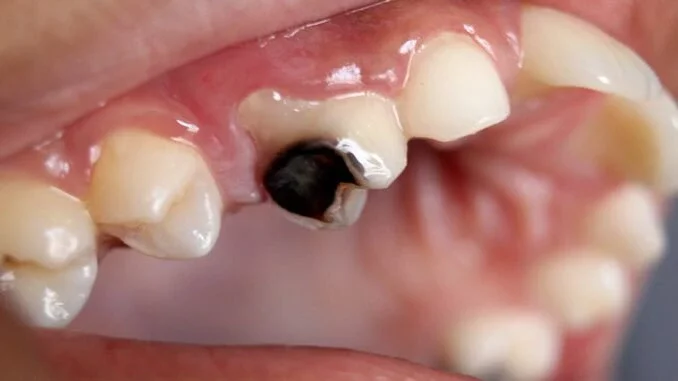The Vàgina is a remarkable and complex organ that plays a vital role in female reproductive health and sèxual pleasure. Despite its importance, there are many misconceptions and a lack of understanding surrounding this part of the female anatomy. In this article which is in accordance to webmd, we will delve into the facts about the vagina that everyone should be aware of. By increasing knowledge and promoting awareness, we can foster a culture of openness, health, and well-being.

I. Vàginal Anatomy:
According to healthline, The Vàgina is an internal canal that connects the external genitals (vulva) to the cervix of the uterus. It is a muscular and elastic structure, typically measuring 3 to 4 inches in length. The vagina is located between the bladder and rectum and serves as a passageway for menstrual blood, childbirth, and sèxual intercourse.
II. Self-Cleaning Mechanism:
One important fact about the vàgina is its remarkable self-cleaning mechanism. The Vàgina is a dynamic environment that naturally maintains a delicate balance of bacteria and pH levels. It produces a clear or whitish discharge, which is a normal part of the self-cleaning process. Douching or using harsh soaps disrupts this natural balance and can lead to irritation or infections.
III. Menstruation:
Another significant aspect of the vàgina is its role in menstruation. During the menstrual cycle, the uterus sheds its lining, and the vàgina acts as the exit route for menstrual blood. The average menstrual cycle is approximately 28 days, but it can vary among individuals. Menstruation is a natural process and should not be stigmatized or shamed.
IV. Childbirth:
The vàgina is designed to stretch and accommodate the passage of a baby during childbirth. The vàginal muscles are incredibly elastic, allowing for the safe delivery of infants. After childbirth, the vàgina gradually returns to its pre-pregnancy state, although the recovery process can vary for each individual.
V. Vaginal pH Balance:
The vàgina has an acidic pH level, ranging from 3.5 to 4.5, which helps to maintain a healthy environment. This acidity is primarily maintained by beneficial bacteria called lactobacilli. The acidic pH helps prevent the overgrowth of harmful bacteria and yeast infections. Factors such as menstruation, sèxual activity, and certain medications can temporarily affect the vàginal pH balance.
VI. Vàginal Infections:
Vàginal infections are a common concern for many individuals. Two prevalent types of infections are yeast infections (caused by an overgrowth of Candida fungus) and bacterial vaginosis (resulting from an imbalance in vaginal bacteria). Symptoms may include itching, burning, abnormal discharge, or odor. It is crucial to consult a healthcare professional for accurate diagnosis and appropriate treatment.
VII. Lubrication:
During sèxual arousal, the vàgina naturally produces lubrication to reduce friction and enhance sèxual pleasure. However, some individuals may require additional lubrication for comfort during sèxual activity. Water-based or silicone-based lubricants can be used to facilitate smooth and enjoyable sèxual experiences.
VIII. Sèxual Health:
Regular check-ups with healthcare professionals are essential for maintaining optimal sèxual health. These visits may include screenings for sèxually transmitted infections (STIs), discussions about contraception options, and general reproductive health education. Open and honest communication with healthcare providers can help address concerns and promote overall well-being.
Understanding the facts about the vàgina is crucial for both women and men to foster a culture of knowledge, respect, and open communication surrounding female reproductive health. By dispelling myths and misconceptions, we can promote healthier attitudes and behaviors. The vàgina is a remarkable organ that deserves attention, care, and appreciation. By staying informed and seeking professional advice when needed, we can ensure that everyone experiences optimal vàginal health and well-being.

















Comments